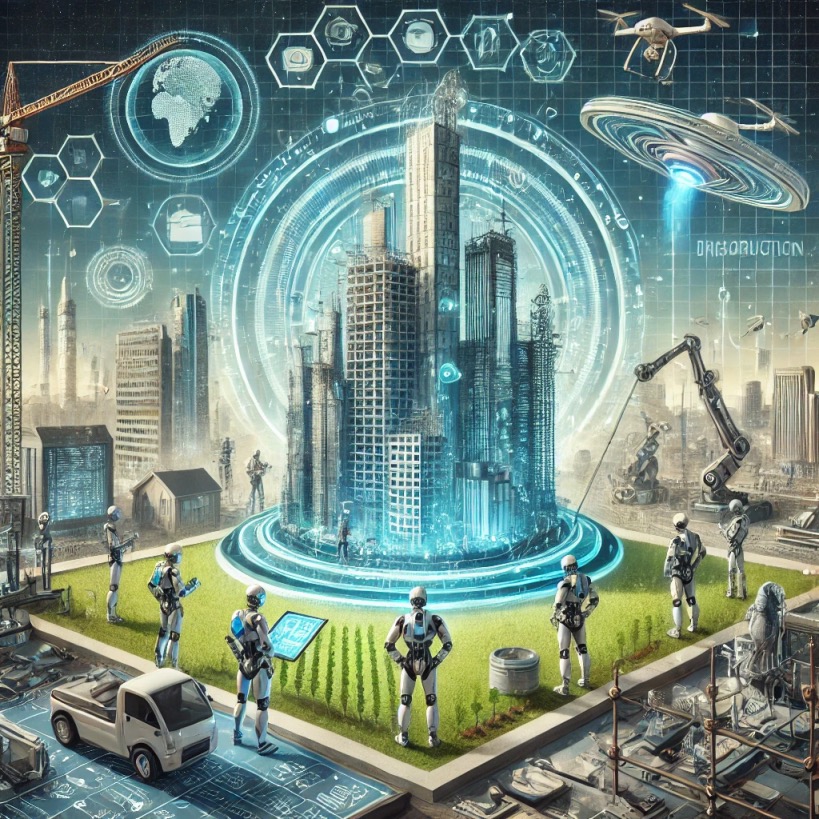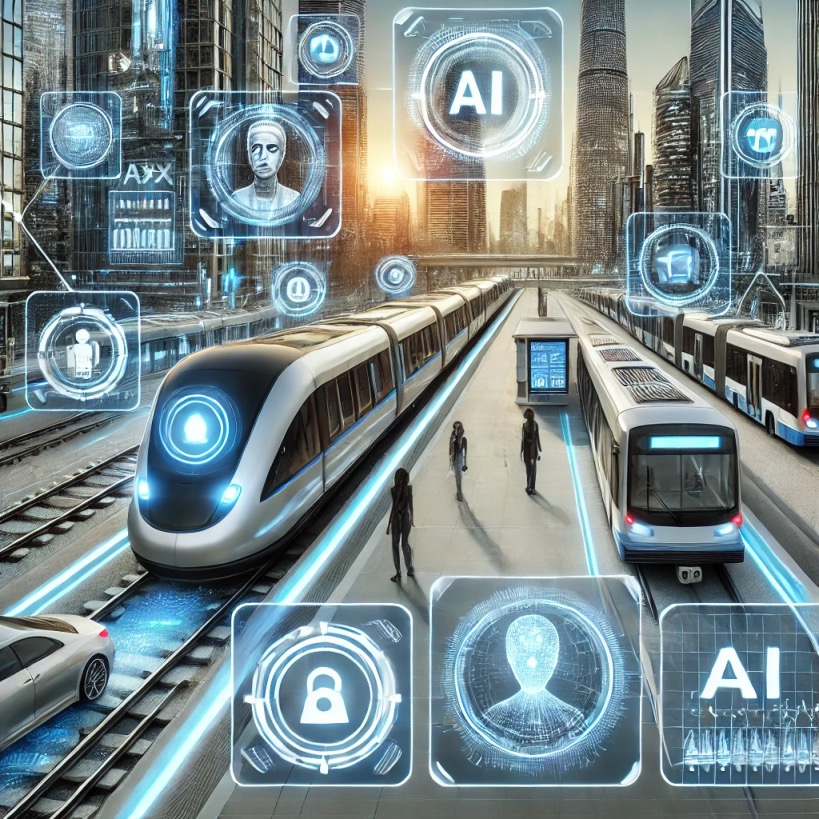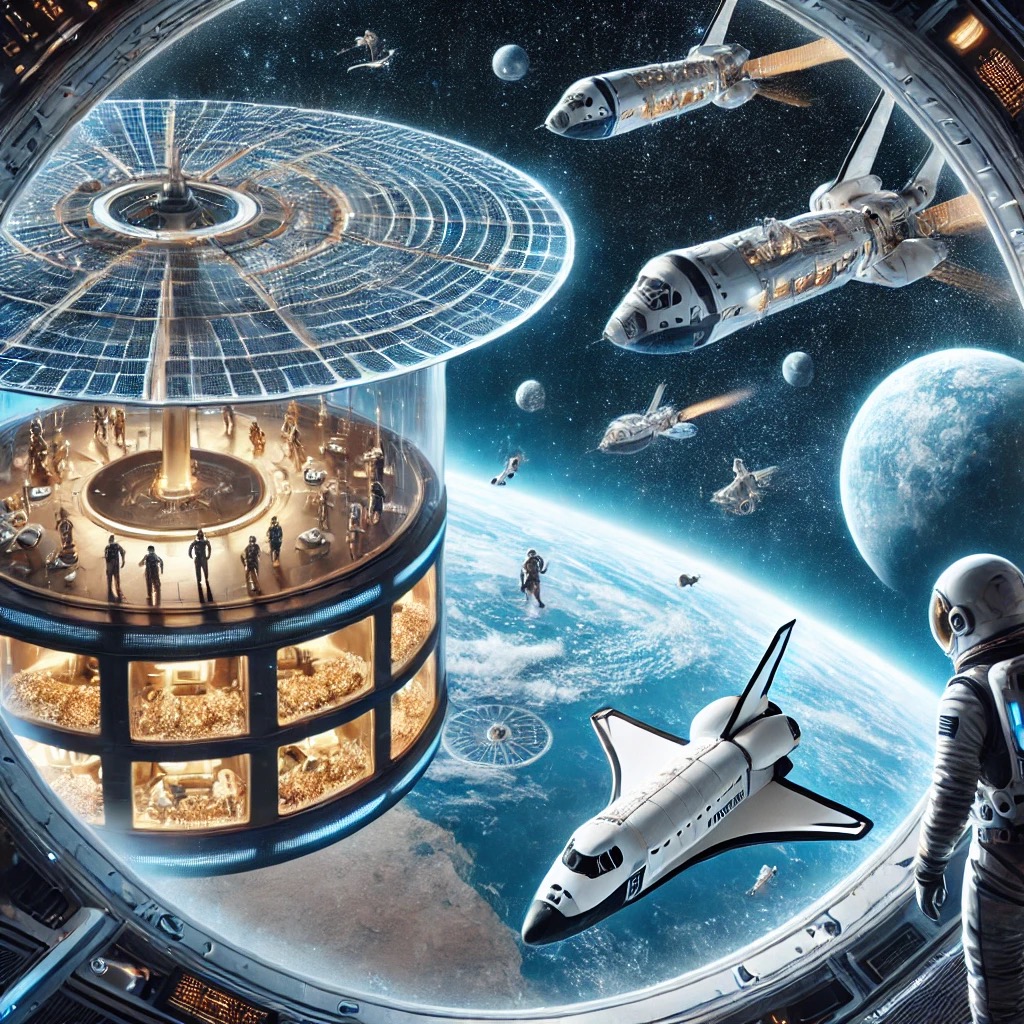The construction industry, long characterized by manual labor and slow innovation, is undergoing a radical transformation. Emerging technologies like 3D printing, drones, and robotics are boosting efficiency, slashing costs, and redefining what’s possible in architecture and infrastructure. Here’s how these innovations are shaping the future of construction:


1. 3D Printing: Building the Impossible
- How It Works: Layer-by-layer additive manufacturing using concrete, polymers, or recycled materials to create structures from digital blueprints.
- Applications:
- Affordable Housing: Companies like ICON (Texas) and WASP (Italy) 3D-print homes in under 24 hours, cutting costs by up to 50%.
- Complex Designs: Dubai’s 3D-Printed Office Building (2016) and Europe’s First 3D-Printed School (Malawi) showcase intricate, customizable geometries.
- Disaster Relief: Rapid deployment of shelters in crisis zones (e.g., New Story’s projects in Latin America).
- Benefits:
- Sustainability: Reduces material waste by 30–60% and supports eco-friendly materials like hempcrete.
- Speed: Cuts construction timelines by 70% compared to traditional methods.
- Challenges: Limited material options, regulatory hurdles, and scalability for large projects.
2. Drones: Eyes in the Sky
- Applications:
- Site Surveys: Drones like DJI Matrice 300 map terrain, generate 3D models, and monitor progress with centimeter accuracy.
- Inspections: Assess hard-to-reach areas (bridges, rooftops) for cracks or damage, improving safety.
- Progress Tracking: Real-time aerial footage integrates with BIM (Building Information Modeling) software for stakeholder updates.
- Benefits:
- Cost Savings: Reduces survey time by 80% and cuts inspection costs by 50%.
- Safety: Minimizes risky human inspections in hazardous environments.
- Challenges: Airspace regulations, data overload, and privacy concerns.
3. Robotics: Precision and Automation

- Types of Construction Robots:
- Bricklaying Robots: SAM100 (Construction Robotics) lays 3,000 bricks/day vs. a human’s 500.
- Autonomous Vehicles: Built Robotics’ self-driving excavators and bulldozers operate 24/7.
- Demolition Robots: Brokk machines dismantle structures safely in confined spaces.
- Benefits:
- Labor Shortage Mitigation: Addresses workforce gaps in aging industries.
- Precision: Reduces rework by ensuring millimeter accuracy in tasks like welding or painting.
- Challenges: High upfront costs, integration with existing workflows, and worker retraining.
4. Synergy of Technologies
- Integrated Workflows: Drones scan sites → data feeds 3D printers and robots → automated systems execute builds.
- Example: Foster + Partners used drones and 3D printing to design Dubai’s Al Bahar Towers, optimizing shade structures.
- AI-Driven Coordination: Platforms like Autodesk Construction Cloud unify data from drones, robots, and sensors for real-time decision-making.
5. Challenges and Considerations
- Cost Barriers: High initial investment for SMEs.
- Regulatory Gaps: Lack of global standards for 3D-printed building codes or drone operations.
- Workforce Shift: Demand for tech-savvy roles (drone operators, robotics engineers) vs. traditional labor displacement.
- Sustainability Trade-offs: Energy-intensive 3D printers and material sourcing dilemmas.
6. Future Trends
- 4D Printing: Materials that self-assemble or adapt to environmental changes (e.g., temperature-responsive concrete).
- Swarm Robotics: Teams of tiny robots collaborating on micro-tasks (e.g., insect-inspired bots for wiring).
- AI-Optimized Designs: Generative AI creates structures that maximize efficiency, aesthetics, and sustainability.
- Space Construction: NASA’s Olympus Project aims to 3D-print lunar habitats using regolith (moon dust).
Case Studies
- Project Milestone (Netherlands): Europe’s first 3D-printed concrete housing community, reducing CO2 emissions by 50%.
- Komatsu Smart Construction: Combines drones, IoT, and autonomous bulldozers to automate earthmoving, cutting project timelines by 30%.
- Boston Dynamics’ Spot: The robot dog inspects construction sites, detecting safety hazards in real time.
Conclusion
The fusion of 3D printing, drones, and robotics is propelling construction into a new era of speed, sustainability, and creativity. While challenges like cost and regulation persist, the potential for affordable housing, safer worksites, and climate-resilient infrastructure is immense. The industry must prioritize upskilling workers, ethical tech adoption, and cross-sector collaboration to fully harness these tools.



